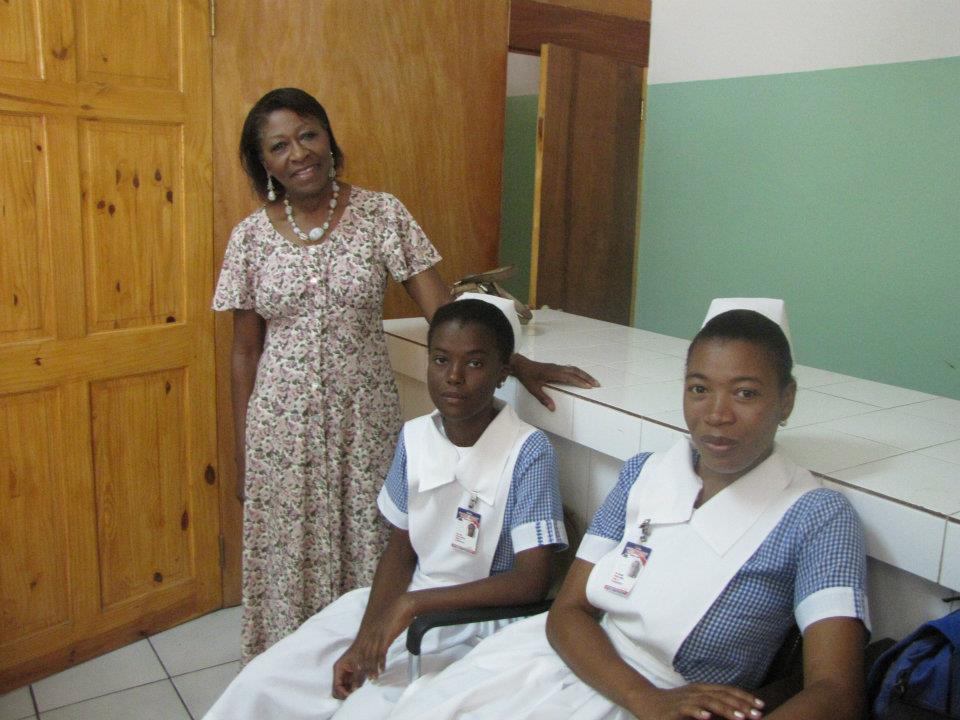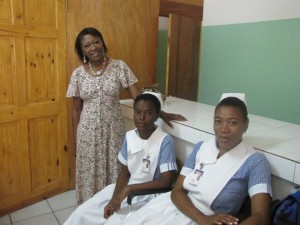Where are the Nursing Stories?
Amanda Anderson, RN, BSN, CCRN, a native-Buffalonian-turned-New-Yorker, is celebrating her 6th Birthday as a MICU nurse this June. She’s currently shooting for two master’s degrees from Hunter Bellevue’s award-winning nursing school, writing with students and for herself, and dodging yellow cabs while speeding around the city on her little bike. Follow her musings here, via @12hourRN, and on her blog www.thisnursewonders.wordpress.com.


But some mornings, if I push past it all and glue myself
down, my story is there, singing its way into existence. Pieces of it, lines of it, waves of text and feeling and thought. Past the distraction of the newspaper landing on my doorstep, the plants asking me for water, last night’s dishes crowding the sink.
This morning, I’m following the fleeting voice of my story like Alice, running through Wonderland in search of that crazy cat. I’ve managed to get the coffee brewing, I’ve warded off my internet addiction for a moment, and here I am.
I’m thinking about a woman I met with yesterday, a grad student and professional nurse. This woman is much older than I, has a family, and a well-established nursing career here in New York. She is studying in a graduate program at Hunter, and our paths crossed last night because, for professional experience and a small pittance, I help graduate students write papers. Despite moderately solid writing, this student’s latest paper happened to garner extra attention from her professor. For plagiarism.
Amanda Anderson, RN, BSN, CCRN, a native-Buffalonian-turned-New-Yorker, is celebrating her 6th Birthday as a MICU nurse this June. She’s currently shooting for two master’s degrees from Hunter Bellevue’s award-winning nursing school, writing with students and for herself, and dodging yellow cabs while speeding around the city on her little bike. Follow her musings here, via @12hourRN, and on her blog www.thisnursewonders.wordpress.com.


But some mornings, if I push past it all and glue myself
down, my story is there, singing its way into existence. Pieces of it, lines of it, waves of text and feeling and thought. Past the distraction of the newspaper landing on my doorstep, the plants asking me for water, last night’s dishes crowding the sink.
This morning, I’m following the fleeting voice of my story like Alice, running through Wonderland in search of that crazy cat. I’ve managed to get the coffee brewing, I’ve warded off my internet addiction for a moment, and here I am.
I’m thinking about a woman I met with yesterday, a grad student and professional nurse. This woman is much older than I, has a family, and a well-established nursing career here in New York. She is studying in a graduate program at Hunter, and our paths crossed last night because, for professional experience and a small pittance, I help graduate students write papers. Despite moderately solid writing, this student’s latest paper happened to garner extra attention from her professor. For plagiarism.






